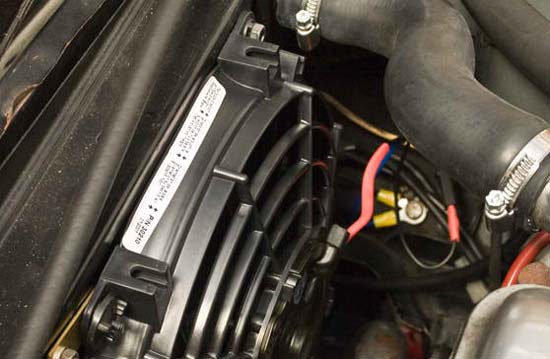
My first disclaimer would be to clarify that I am no auto mechanic. Much as I have read and studied how cars actually work, I’m not one of those gearheads who can readily perform automotive surgery on their rides.
At best, I know basic maintenance. And, if need be, fiddle under the hood to do some intelligent guess work on what’s wrong. At least I can pride myself in that at least no two-bit mechanic would be able to easily rip me off when it comes to repairs ’cause I try to know the rational or the science behind things. You should too.
One of the age-old motoring debates is whether to use a mixture of coolant or just plain water for your radiator. Personally, since my car’s still new, the cooling system features an equal 50-50 mixture of coolant and distilled water.
As for the theory as to why, let me point you to this very reasonable and scientific explanation.
The coolant and water used is the most misunderstood component of your cooling system. Some people staunchly believe that a 100 percent use of water is the best for running cool. That is true in a test laboratory setting, or in motorsports when cars are running at speed and receive constant flow of cooling air. But in traffic and especially over a prolonged period of use, your water pump requires lubrication provided by chemicals found in most coolants. Coolants also allow your engine to run hotter without risk of overheating. Without lubrication provided by chemicals found in coolants, your engine, particularly the water pump, will start showing pit marks or signs of surface corrosions which will impede the water pump’s performance to circulate your coolant/water mix throughout the engine, causing aeration/cavitation (bubbling) in the water pump and/or thermostat housing.
Bubbles or air pockets do not absorb heat as well as liquids, which will lead to overheating. Lastly, use the purest form of water, which would be distilled water. Mineral water or just plain purified water contain minerals and other particles that might be healthy for human consumption, but are harmful for the engine and the radiator, causing corrosion; and mineral deposits, which can block coolant flow and thereby cause overheating. Use distilled water only. Of course using tap water, even in small amounts in your cooling system will pretty much ensure damage. For coolants, the best tested coolants include Motul’s Inugel coolant, Toyota’s factory fill red coolant and Castrol’s own coolant.
My old mechanic told me that water’s enough and that some coolants can even leave build up or residue that can clog the radiator. Credit it to his experience working on radiators but the science tells us that coolant only tends to crud up if the cooling system isn’t properly maintained.
Coolant residue buildup is mostly due to partial overheating – the liquid part of the coolant is actually evaporating, leaving solids behind. This shouldn’t be the case if you constantly monitor your fluid levels and change the coolant and water mixture once maintenance requires.
Many people are just too careless with their cooling systems.
Source: Inquirer Motoring
Image Credit: Leslie Wong
